Cofio yw'r weithred o gofio neu anrhydeddu cof person, digwyddiad neu brofiad o'r gorffennol. Nid yw cofio yn clodfori rhyfel ond yn cydnabod yn barchus y gwasanaeth a'r aberth a wnaed gan gymuned y Lluoedd Arfog i alluogi dyfodol heddychlon. Trwy Goffa rydym hefyd yn cydnabod y gwasanaethau brys ac yn talu teyrnged i'w cyfraniad arbennig yn ogystal â sifiliaid diniwed yr effeithir arnynt gan wrthdaro a therfysgaeth.
Mae cofio yn uno pobl o bob ffydd, diwylliant a chefndir. Y pabi coch yw'r symbol cydnabyddedig o Gofio a gobaith am ddyfodol heddychlon. Ym mhob gweithred o goffa rydym yn anrhydeddu cof am y cwympo.
Sul y Cofio
Mae Sul y Cofio yn cael ei nodi bob blwyddyn. Mae'n gyfle cenedlaethol i gofio gwasanaeth ac aberth pawb sydd wedi amddiffyn ein rhyddid ac wedi amddiffyn ein ffordd o fyw. Fel arfer mae'n disgyn ar yr ail Sul o Dachwedd. Yn y DU mae seremonïau mewn cofebion rhyfel, eglwysi a henebion, y mwyaf yn cael ei gynnal yn y Senotaff yn Llundain.
Diwrnod y Cadoediad / Diwrnod y Cofio – 11eg Tachwedd
Diwrnod y Cofio neu Ddiwrnod y Cadoediad yw'r 11eg o Dachwedd. Mae'n nodi'r diwrnod y daeth y Rhyfel Byd Cyntaf i ben. Dechreuodd y Cadoediad, cytundeb i roi terfyn ar ymladd y Rhyfel Byd Cyntaf fel rhagarweiniad i drafodaethau heddwch, am 11yb ar 11eg Tachwedd 1918. Rydym yn nodi Diwrnod y Cadoediad o amgylch y Deyrnas Unedig gyda Dau Funud o Dawelwch am 11yb ar yr 11eg diwrnod o'r 11eg mis.
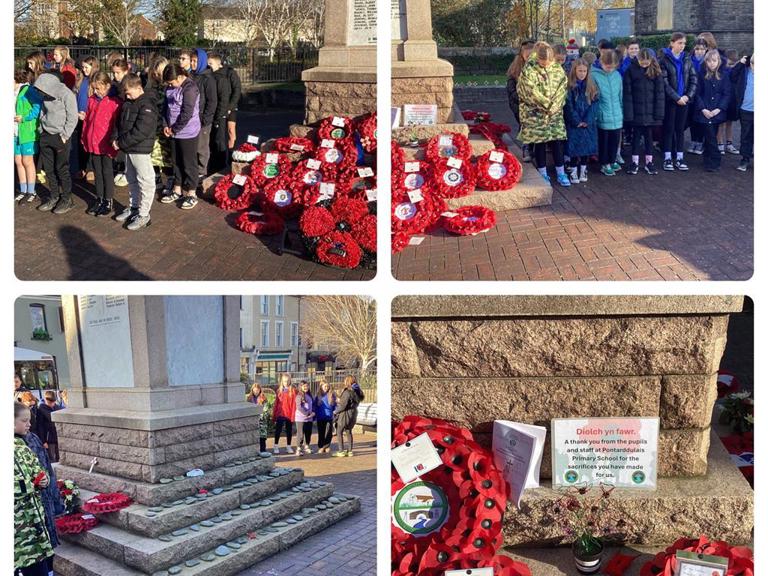
Mae'r pabi coch yn symbol o Gofio a gobaith am ddyfodol heddychlon. Mae pabïau yn cael eu gwisgo i ddangos cefnogaeth i'r Lluoedd Arfog, cyn-filwyr a'u teuluoedd. Ond pam y pabi? Yn ystod y Rhyfel Byd Cyntaf digwyddodd llawer o'r ymladd ar ffermydd, caeau a thir yn Ewrop. Cafodd y tir hwn ei ddinistrio gan y rhyfel ac ychydig neu ddim yn gallu tyfu, ac eithrio pabïau a ffynnodd yn eu miloedd. Mabwysiadwyd y pabi fel symbol Cofio.
The #PoppyAppeal is the Royal British Legion's biggest fundraising campaign held every year in November, during the period of Remembrance.
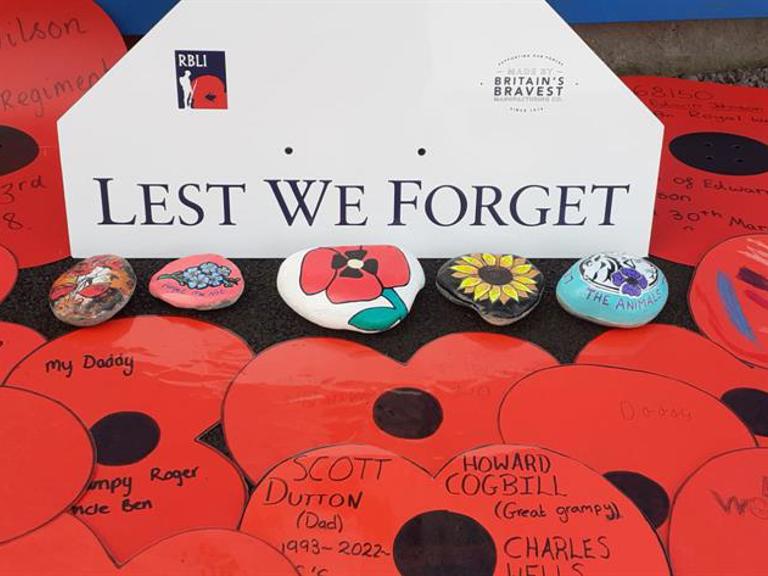
Wrth fachlud yr haul ac yn y bore, byddwn yn eu cofio.
Rhag i ni anghofio.
Yng nghaeau Fflandrys mae'r pabïau yn chwythu, rhwng y croesau, rhes ar res.
Diwrnod D-Day
Mae D-Day yn cael ei goffáu'n flynyddol i anrhydeddu a chofio goresgyniad y Cynghreiriaid ar Normandi ar 6 Mehefin 1944 yn ystod yr Ail Ryfel Byd.
Roedd D-Day yn nodi dechrau rhyddhau Ffrainc a Gorllewin Ewrop o feddiannaeth y Natsïaid. Y glaniadau oedd y goresgyniad môr mwyaf mewn hanes dan arweiniad ymosodiad awyr.
Erbyn diwedd D-Day roedd 10,000 o golledion y Cynghreiriaid, roedd miloedd o filwyr y Cynghreiriaid yn peryglu a cholli eu bywydau yn ystod yr ymgyrch.
Mae digwyddiadau blynyddol yn coffáu D-Day. Roedd yr ymgyrch yn ymdrech gydweithredol enfawr ymhlith cenhedloedd y Cynghreiriaid. Mae coffáu yn aml yn pwysleisio themâu undod a chydweithrediad.
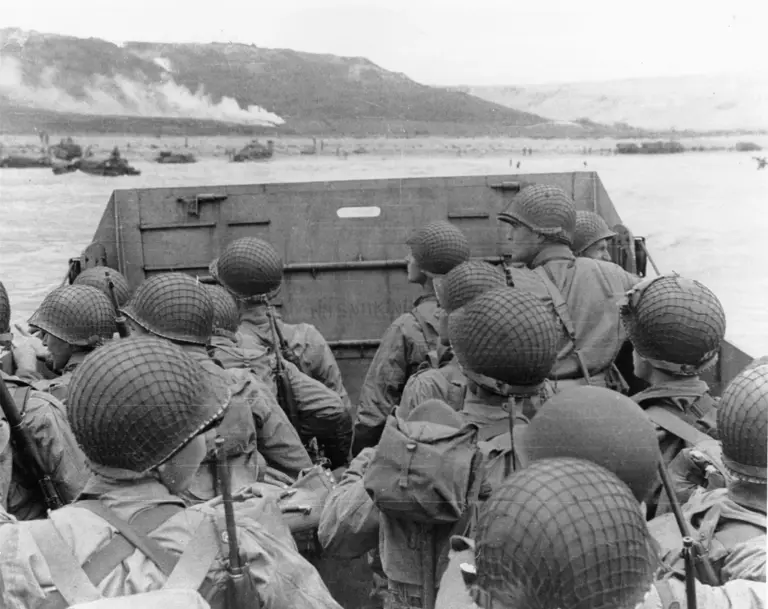
Diwrnod VE
Mae Diwrnod VE (Diwrnod Buddugoliaeth yn Ewrop) yn cael ei goffáu i nodi diwedd ffurfiol yr Ail Ryfel Byd yn Ewrop. Fe'i gwelir ar 8 Mai, y diwrnod ym 1945 pan dderbyniodd lluoedd y Cynghreiriaid ildio diamod yr Almaen Natsïaidd, gan ddod â diwedd ar bron i chwe blynedd o wrthdaro yn Ewrop.
Mae'r diwrnod yn cael ei gofio fel eiliad o ryddhad a dathlu, ond hefyd myfyrio. Mae'n anrhydeddu dewrder ac aberth y rhai a ymladdodd a bu farw, yn cydnabod y dioddefaint a ddioddefodd sifiliaid, ac yn cydnabod pwysigrwydd heddwch ac undod ar ôl cyfnod o galedi a cholled enfawr.
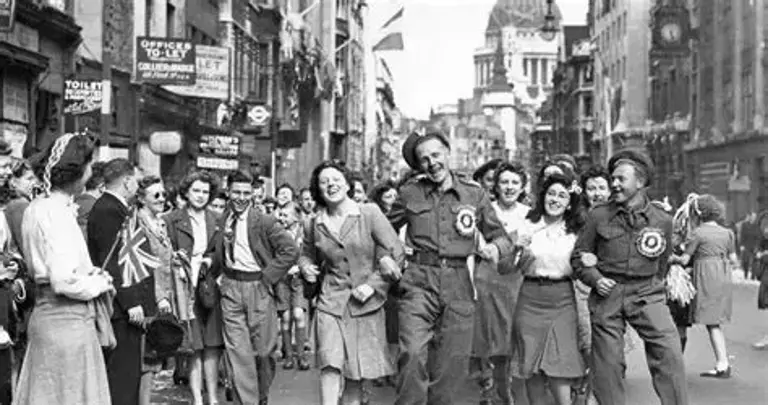
Diwrnod VJ
Mae Diwrnod VJ (Diwrnod Buddugoliaeth dros Japan) yn cael ei goffáu i nodi diwedd yr Ail Ryfel Byd yn y Môr Tawel. Mae'n cydnabod y diwrnod pan ildiodd Japan i'r Lluoedd Cynghreiriaid, gan ddod â'r rhyfel cyfan i ben. Cyhoeddwyd yr ildio hwn ar Awst 15fed, 1945, a'i lofnodi'n ffurfiol ar Fedi 2il, 1945.
Mae Diwrnod VJ yn caniatáu inni fyfyrio ar gost enfawr y rhyfel, yn enwedig yn rhanbarth Asia-Môr Tawel. Collwyd dros 90,000 o filwyr Prydeinig yn y rhyfel yn erbyn Japan, bu farw 30,000 a chafodd 37,500 eu cadw fel carcharorion rhyfel. Mae'n anrhydeddu'r rhai a wasanaethodd a'r rhai a gollodd eu bywydau, ac yn gwasanaethu fel atgoffa o bwysigrwydd heddwch a chymod.
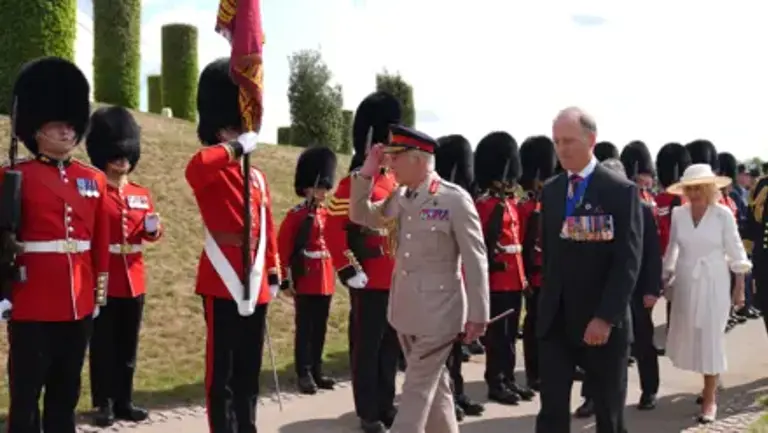
Diwrnod ANZAC
Mae Diwrnod ANZAC yn ddiwrnod cofio cenedlaethol a arsylwir ar 25 Ebrill bob blwyddyn yn Awstralia, Seland Newydd a Tonga. Mae'n anrhydeddu ac yn coffáu aelodau Corfflu Byddin Awstralia a Seland Newydd (ANZAC) a wasanaethodd a bu farw mewn rhyfeloedd, gwrthdaro a gweithrediadau cadw heddwch.
Mae'r dyddiad yn nodi pen-blwydd y milwyr ANZAC yn glanio yn Gallipoli ym 1915 yn ystod y Rhyfel Byd Cyntaf, ymgyrch a gafodd effaith ddofn ar y ddwy genedl. Mae seremonïau'n cynnwys gwasanaethau gwawr a gorymdeithiau ac yn rhoi eiliad i gymunedau fyfyrio ar gost rhyfel a mynegi diolchgarwch.
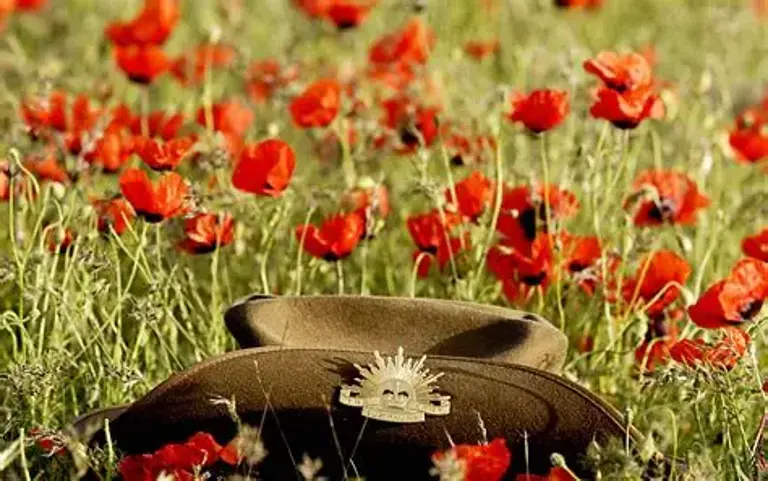
Am wybodaeth, cyngor, manylion cyswllt neu gymorth gydag unrhyw un o'r syniadau uchod, cysylltwch â'r Swyddog Cyswllt Ysgolion ar gyfer Plant y Lluoedd Arfog yn eich ardal.

"Gynted ag ydych yn dod i arfer i dŷ, rydych yn cael eich symud – rwyf wedi bod mewn pedair ysgol ac wedi symud chwech gwaith."
Aiden

"Roeddwn i’n byw yn Nepal, yna aethom i Brunei, yna Malaysia."
Ashim

"Drwy fy llygaid i mae gennych gannoedd o ffrindiau mewn llefydd gwahanol."
Chloe

"Dwi di arfer symud rŵan a chymysgu gyda’r plant... Dwi di neud o gymaint o weithiau mae’n rhywbeth arferol rŵan."
Chloe
Designed & built by eInfinity Limited. Hosting & IT management at eInfinity Tech.